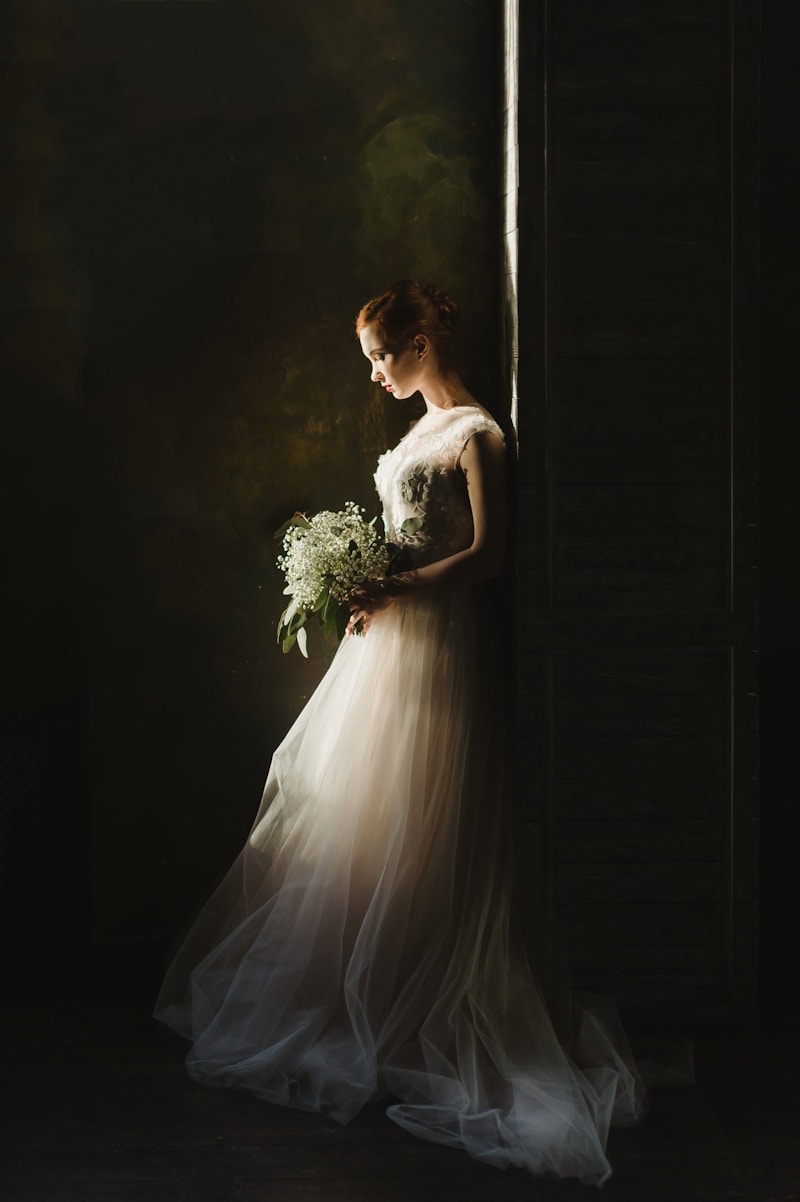Embellishment Trends in Historical Bridal Wear: A Journey Through Time
Embellishment Trends in Historical Bridal Wear: A Journey Through Time
Bridal wear has always been a canvas for creativity, artistry, and tradition. From royal weddings to local ceremonies, the embellishments used in bridal attire tell a rich story of culture and an evolution of style. Understanding the trends in embellishment within historical bridal wear not only offers insight into the fashion of the past but also provides inspiration for modern brides looking to incorporate timeless elements into their attire.
The Historical Context of Bridal Wear
Bridal wear has varied tremendously through different periods and cultures. The emphasis on embellishments changed according to socio-economic factors, cultural beliefs, and fashion trends of the time. This transformation saw the use of rich fabrics, intricate embroidery, and accessory embellishments that enhanced the overall aesthetic appeal of the gown.
The Role of Embellishments in Bridal Wear
Embellishments in bridal wear include a range of decorative details such as:
- Beading
- Embroidery
- Lace
- Ribbons
- Sequins
- Appliqué
Each of these elements contributes to making a bridal gown not just a piece of clothing but a representation of the bride’s identity, heritage, and style.
Notable Embellishment Trends Through the Ages
| Era | Dominant Embellishment Trend | Key Features |
| Victorian Era (1837-1901) | Intricate Lace and Ribbons | Use of layers, complex lace patterns, and satin ribbons to enhance femininity. |
| Edwardian Era (1901-1910) | Delicate Embroidery | Focus on floral designs, soft color palettes, and hand-stitched details. |
| 1920s Roaring Twenties | Art Deco Beading | Geometric patterns, shimmering beadwork, and a more relaxed silhouette for ease of movement. |
| 1950s | Brocade and Tulle | Rich textures, voluminous skirts, and structured bodices with embellishments like pearls. |
| Modern Era (2000s-Present) | Mix of Vintage and Contemporary | Combine old-world charm with modern cuts, featuring mixed materials and sustainable fabrics. |
Modern Interpretations of Historical Bridal Embellishments
Today, many designers draw inspiration from historical bridal wear, reviving and reinterpreting old embellishment techniques. Modern brides often look for ways to incorporate these historical elements into their weddings, blending tradition with contemporary style.
Beading and Sequins: A Modern Classic
Beaded embellishments and sequins remain a staple in contemporary bridal wear, reminiscent of the glitzy 1920s. Modern bridal designers use these elements to create breathtaking gowns that sparkle under the light, appealing to brides who desire a touch of glamour for their special day.
Quality Over Quantity
Today’s embellishment trends lean towards high-quality materials and handmade details rather than sheer quantity. This shift is due to a growing emphasis on sustainability and personalization in the bridal industry.

Embroidered Details: A Tribute to Craftsmanship
Embroidered embellishments have seen a significant resurgence in bridal design. Many designers are now focusing on showcasing artisanal craftsmanship, often incorporating personalized elements into the embroidery, making each gown unique to the bride.
Why Historical Embellishments Matter in Today's Bridal Wear
By incorporating historical trends in embellishments, brides can celebrate their heritage and showcase their aesthetic preferences. Here are some reasons why these trends remain important:
- Connection to Heritage: Historical embellishments allow brides to connect with their cultural background.
- Timelessness: Designs inspired by the past often remain in vogue due to their classic beauty.
- Social Statements: Choosing to wear vintage-inspired designs can symbolize a broader social commentary on sustainability and ethics in fashion.
Conclusion: Embracing Historical Embellishment Trends
In conclusion, embellishment trends in historical bridal wear reflect a rich tapestry of culture, artistry, and individual expression. Modern brides looking to incorporate historical elements into their gowns have a wealth of inspiration to draw from. As you consider embellishments for your bridal wear, reflect on the styles that resonate with you personally while keeping in mind the narrative they convey.
When selecting your bridal gown, pay attention to the materials, craftsmanship, and the story behind the embellishments you choose. Remember that your wedding day is a canvas for expressing your identity—much like the brides of history before you.
As you embark on this journey, consider not only how these trends can enhance your bridal wear but also how they can resonate with your personal style, traditions, and values.
